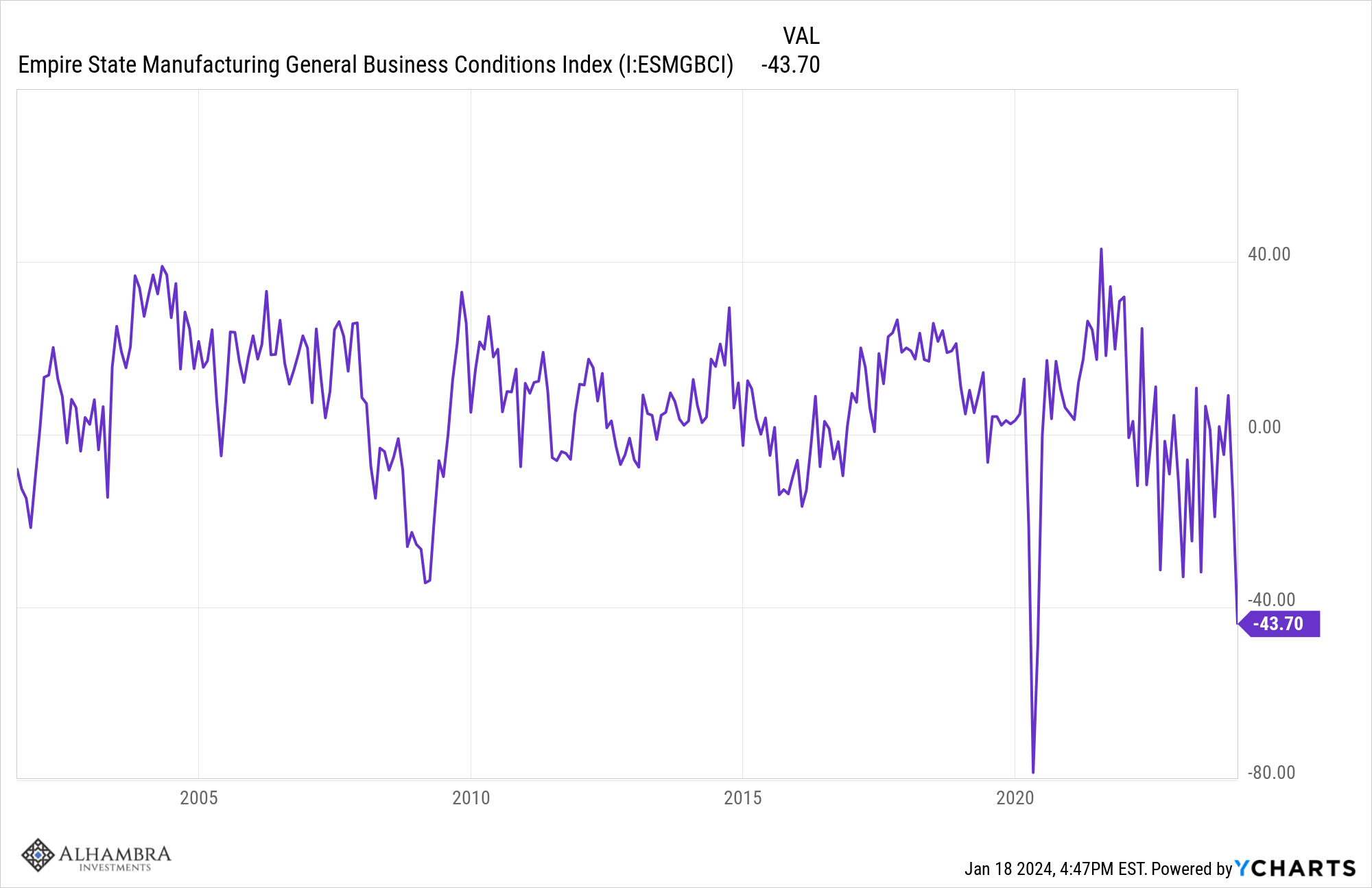He said the inverted yield curve, in one sense, is a self-fulfilling prophecy as it signals to companies and investors that a slowdown is looming, which then alters spending and business behavior and ultimately leads to less activity.
The inventor of the market's most famous recession indicator is confident the inverted yield curve is accurately calling a slowdown in 2024
- An inverted yield curve has preceded every recession since 1969.
- The inventor of the famed indicator said it is accurately predicting a downturn this year.
- When the yield curve inverted in November 2022, he said it was a false signal.
- Dating back to 1968, the indicator's predictive power is eight for eight, with zero false signals.
- Harvey told host Jack Farley on the Forward Guidance podcast Thursday that given that yields inverted in the fall of 2022, this suggests a recession will happen in the first or second quarter of this year.
"I had some credibility in saying 'my model could be wrong' because it's my model," Harvey said. "Essentially I was saying it might be possible to dodge a recession, but this was really contingent on the Fed standing down — and this is one year ago — so standing down and not hiking rates any further. And that is not what happened."
The Federal Reserve hiked rates 11 times in the 2022-2023 cycle, spiking its benchmark rate from near 0% to a range of 5.25%-5.50%.
"As a result, I've kind of revised my opinion," he continued. "Given the circumstances, I think it is likely we do see much slower growth in 2024."
- "It makes the yield curve causal," Harvey said.
- "This causality channel is much different than in the past."
- Given its perfect track record, Harvey noted that the indicator is currently allowing firms to make smarter decisions in the current landscape and operate with more caution.
- Unlike the global financial crisis in 2008, he said companies are more strategic and managing risk, so he's hopeful that there won't be severe layoffs coming.
"Indeed it could come to the point where the indicator could come to the point where the indicator just loses its ability to forecast," he said, "but I don't think we're there yet."




No comments:
Post a Comment